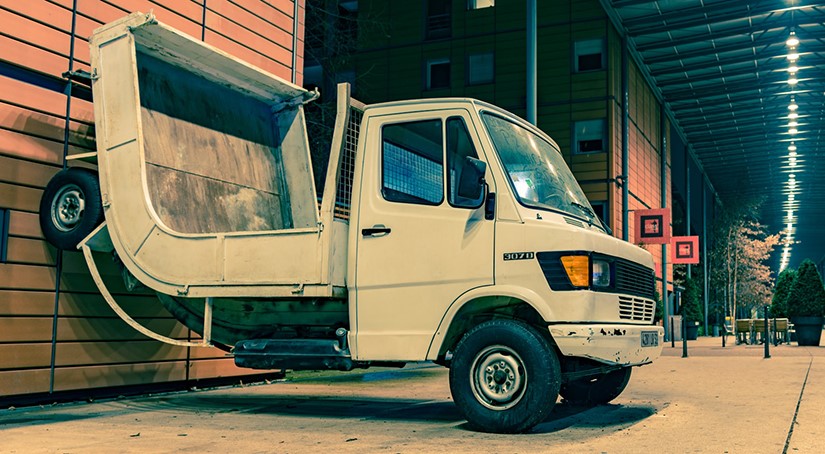 There are four key factors every food and beverage fleet needs to consider to make their fleet fit for purpose.
There are four key factors every food and beverage fleet needs to consider to make their fleet fit for purpose.
If there were a universal ‘fleet difficulty rating’, food and beverage fleet management would always rank somewhere near the top. The right equipment and attention to detail is crucial, so make sure your food and beverage fleet is suited to the task.
-
Presentation is everything
Just like food packaging or presentation, the way your food & beverage fleet is ‘packaged’ will affect the way your clients, and the public, perceive your business. Functionality is the most important aspect when choosing vehicles to transport food products, but some thought needs to go into external appearances as well. If your vehicles look shabby, dented and dirty, it immediately creates a poor impression.
So, once you’ve picked the perfect delivery scooters or long-haul refrigeration units, put some thought into branding and appearance – good quality branding will last longer and show less wear and tear. For those new to the game this may sound like a finicky point, but the general public are quick to notice when food & beverage vehicles don’t look the part.
-
Think outside the fleet
Every food & beverage fleet manager knows that running this type of fleet involves a lot more than simply moving goods from point A to point B. In order to ensure your fleet is fit for purpose, you need to know exactly where your fleet will slot into the supply chain. Fleet managers need to know where and how vehicles will be loaded as well as the exact locations of all collection and delivery points. It’s no use purchasing a vehicle that’s too large to deliver to certain city centre points.
Smaller, sturdier trucks are often better suited to many of South Africa’s poorer roads, but it all depends on what type of food and beverage you’re transporting and under what conditions. The point is to have a detailed knowledge of all conditions that your fleet will be facing in order to make sure all vehicles are fit for purpose.
-
Sharpen your Tetris skills
All the top fleet managers know that staying informed on best practice and new ideas is vital to running an efficient fleet. Food and beverage fleets aren’t simply ‘load and go’ – there’s a long list of considerations from cargo temperature to fresh food deadlines (nobody wants tomatoes that have been on the road for six weeks….), but in order to remain efficient, many fleet managers have to get very creative.
PepsiCo North America is a great example of a fleet giant that managed to streamline its fleet and improve efficiency by rethinking the way they load their vehicles. The company adopted a new delivery method dubbed ‘geobox’ which focuses on how pallets are loaded, instead of just how much they can squeeze into a single truck. According to this article, the new method allows driver to just pull those pallets off and delivers them to the store. As it explains,“So they’re not spending so much time in the parking lot or in the dock, trying to pick all this product off their truck and take it in. It maximizes the customer’s time in terms of how long we’re there, and it improves our productivity. We definitely get in and out a lot quicker.”
-
The right tech is crucial
Ensure your fleet is equipped with the necessary technology. Depending on where your fleet fits into the food chain (initial transport or delivering directly to customers), the smartest way to optimise is to incorporate tech that streamlines the process.
This post on USFleetTracking.com lists some tips for restaurants delivery fleets who use GPS Tracker systems. Whilst these tips are aimed at businesses delivering directly to customers, the way they’re utilising their GPS system shows how fleet telemetry can be adapted for various uses. Making sure your fleet technology is fit for purpose – and that it’s being used correctly - is just as important as picking the right vehicle.
Running a food & beverage fleet requires expert knowledge and almost obsessive attention to detail. Get it right, however, and your fleet quickly becomes a valuable business and marketing asset.
.jpg?width=600&name=11921_5589_Eqstra_SalesRepInfographic_FoodBeverage_5592%20(1).jpg)

